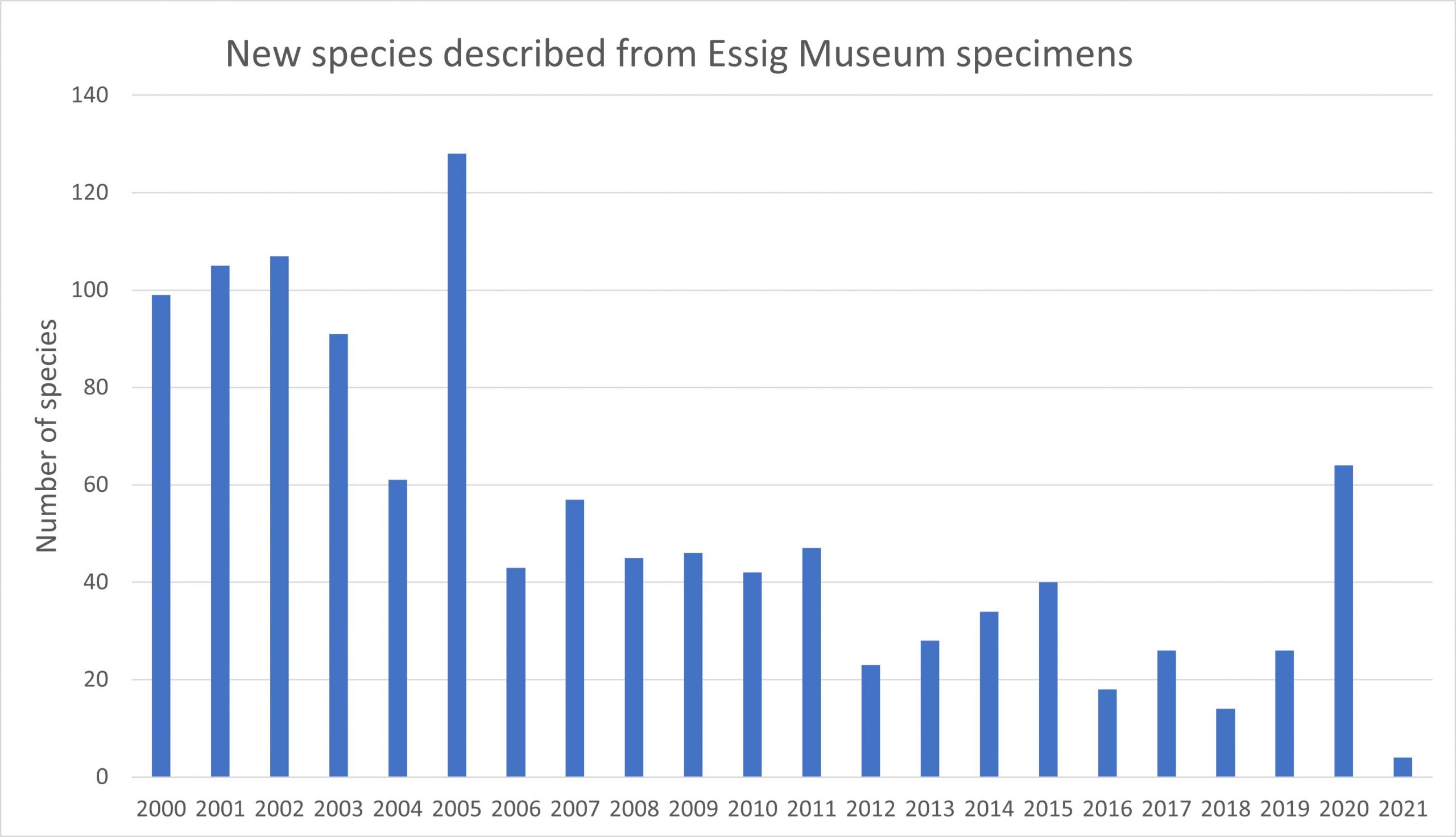 How many species of insects are their in the world? Estimates range from a few million to 30 million species based on extrapolations from surveys of selected groups and particular regions of the world. What we do know is that taxonomists have described (ie. given latin names to) around one million insect species so far. In the lead are the four big holometabolous orders (those that have a pupal stage) – Coleoptera (beetles), Lepidoptera (moths & butterflies), Diptera (true flies), and Hymenoptera (bees, wasps, & ants). Although large, colorful insects tend to catch our attention the most, the vast majority of insects are very small (1/2 inch or smaller).
How many species of insects are their in the world? Estimates range from a few million to 30 million species based on extrapolations from surveys of selected groups and particular regions of the world. What we do know is that taxonomists have described (ie. given latin names to) around one million insect species so far. In the lead are the four big holometabolous orders (those that have a pupal stage) – Coleoptera (beetles), Lepidoptera (moths & butterflies), Diptera (true flies), and Hymenoptera (bees, wasps, & ants). Although large, colorful insects tend to catch our attention the most, the vast majority of insects are very small (1/2 inch or smaller).
Click here to search the Essig Museum holdings
Natural History Museums are repositories for our knowledge of biodiversity. Specimens captured as part of research projects and biodiversity surveys are sorted, labeled, and meticulously prepared for long-term preservation, and continue to provide information about ecology, conservation, evolutionary relationships, and the response of organisms to changing landscapes and climates. The Essig Museum houses over five million pinned specimens, plus hundreds of thousands more on microscope slides and stored in alcohol. The Essig maintains a list of which species are present in our collection, but that list is dynamic – new names are added as the collection grows, old names are updated to reflect our current understanding about their evolutionary relationships, and each year newly described species are added to the list either from newly collected specimens or specimens that have been sitting in our collection for decades waiting for an expert to look at them.
From 2004-2009 we created a list of all the identified species in the museum’s collection. Since 2010 we have added over 8000 new names to the list partly from new field collections by our researchers and partly from experts around the world helping to identify (and sometimes name) specimens already in our collection. We know we have on our shelves hundreds of new species waiting to be named. But to do that experts need to know these specimens exist.
Since the year 2000, over 1140 new species of insects have been described using specimens from the Essig Museum of Entomology collections, including 50 species of ground beetles in the genus Cerabilia by professor Kip Will in 2020 (images below).



